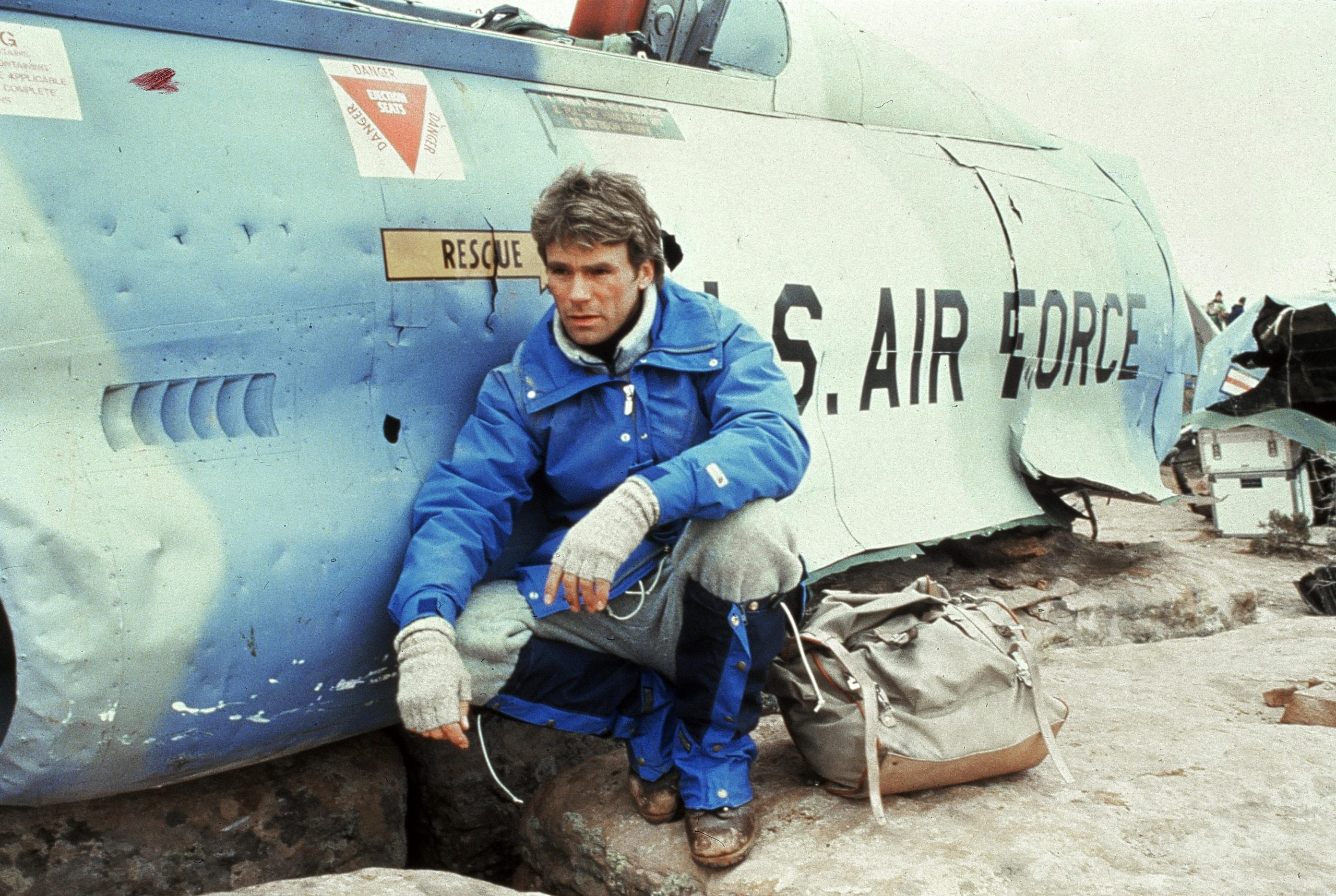
August 07, 2024
FUZZY LOGIC: Could MacGyver Solve Boring Problems?
TL;DR
- The TV character ‘MacGyver’ uses “boring” materials in new ways, focusing on solving the problem at hand without looking back.
- “Boring” problems need to be solved just like fantastical moonshots.
- Very creative people can produce compelling solutions to “boring” problems.
Crisis-driven innovation occurs when high-pressure and high-stakes problems converge and demand a solution in a limited period. In a previous DCI article, I categorized this as a MacGyver problem-solver archetype of innovation. But plenty of other, less dramatic, problems need to be solved–and could be–by quick actions to meet the single-objective defined outcome, begging the question, could MacGyver solve boring problems?
A problem we aim to solve doesn’t need to be exciting to produce compelling solutions. A key point of many challenge prizes is how they motivate innovators to focus on problems they generally would not focus on without those monetary incentives.
While being introduced as “boring” at a cocktail party probably won’t get you invited back, a recent Bloomberg article noted that banks consider “boring” a positive attribute. For example, one banker said, “Banking should be boring; [i]t should be like turning on the faucet and seeing water run out.” Perhaps the most challenging problems and outstanding current market failures, which require the most significant infusion of human talent and financial capital to jumpstart, are also the least exciting.
Like infrastructure.
During the postwar period, before the Space Race captured our collective imaginations in the 1960s, America built more bridges, dams, and other public works than ever before or since. Our infrastructure began to slowly crumble as we focused on building science fiction-inspired space elevators. Studies show that after 50 years, infrastructure can run into issues, even if they indicate no signs of risk or damage. We often lack the technology or capacity to inspect and monitor our infrastructure until it’s too late. As a 2017 article in The Verge noted, “People love to build new roads; they don’t love to maintain existing ones.”
On TV, MacGyver innovates in life-or-death situations, accompanied by dramatic soundtracks and sound effects. But in real life, anybody can apply MacGyver’s problem-solving skills to assess and fix any crisis to America’s “boring” infrastructure problems.
For example, potholes are one of the biggest problems affecting roads across the country. Problem solvers could tackle these dips in the road in a number of ways, likely by detecting existing potholes, creating a filling, and successfully deploying it.
When detecting the existing potholes, a team may want to design an autonomous drone technology with aberration-detecting sensors, employing a combination of visual, sonar, radar, and lidar mapping techniques. To dispatch the solution, the team would also have to figure out how to deploy the precisely measured payload of the fast-drying, self-flattening polymer to patch the asphalt quickly.
Meanwhile, another team may find it more efficient to have technology affixed to a truck that hardens the polymer filler while the truck is atop the pothole. For the deployment phase, this group may elect to map all the potholes requiring repair in a specific geographic area. While the potholes may be “boring,” the technology used to fix them can advance existing technology in both exciting and practical ways.
MacGyver uses “boring” materials in new ways, focusing on solving the problem at hand without looking back. If we want to fix the world one street at a time, the only requirement is the solution works. Boring problems need to be solved just like the more fantastical moonshots. In this case, tackling boring bumps in the road can pave the way for new industry innovations.
Ezra Butler is a Senior Research Fellow at the Data Catalyst Institute.

